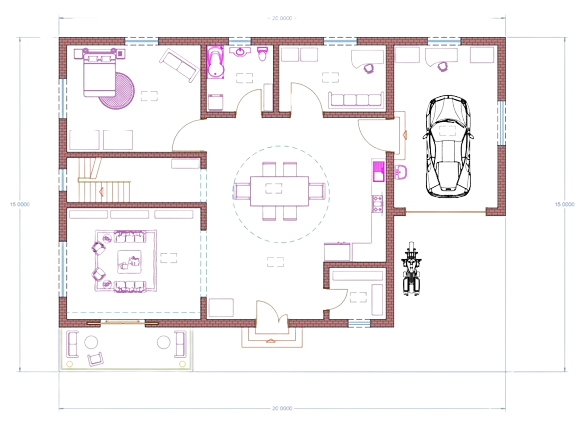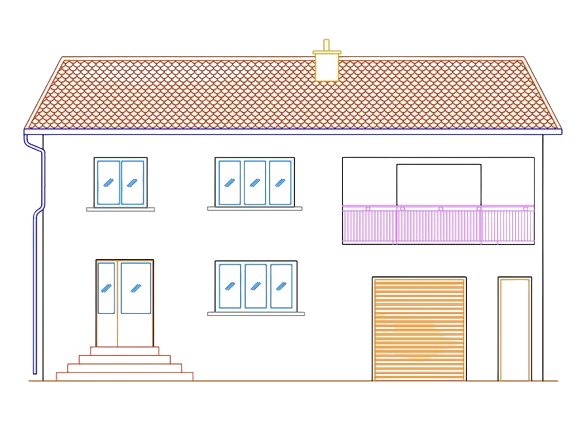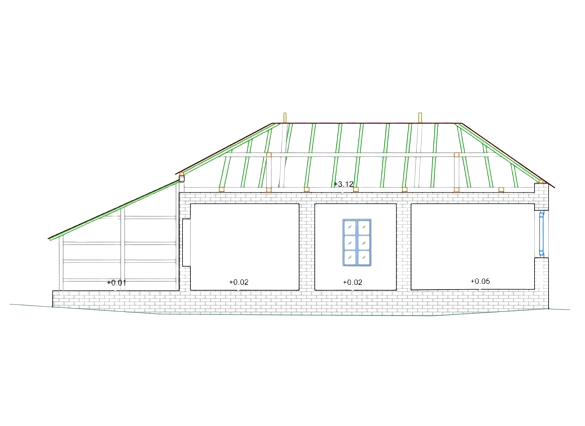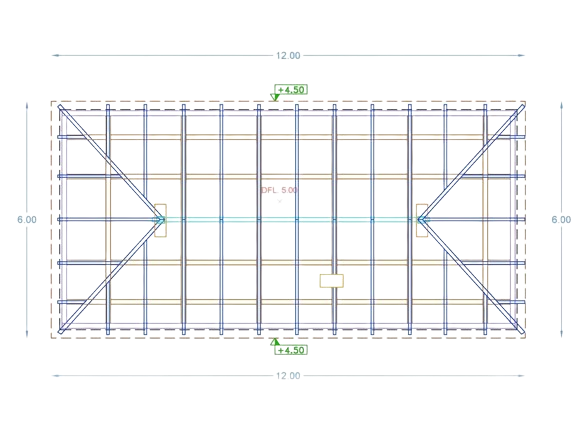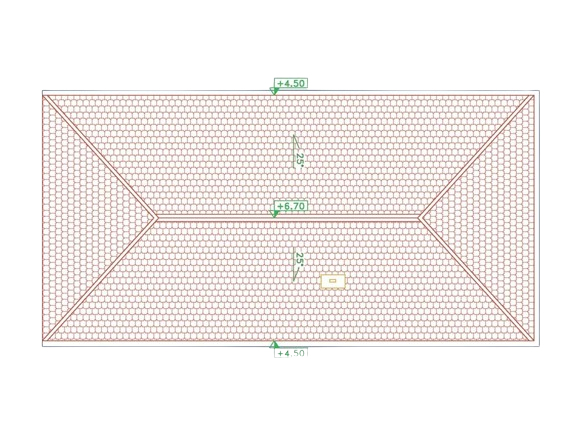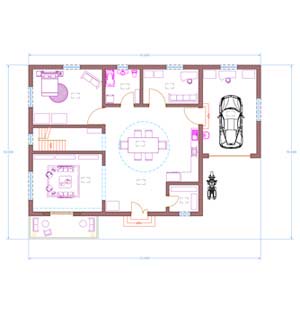

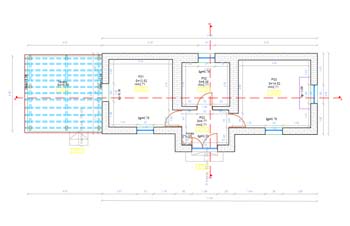
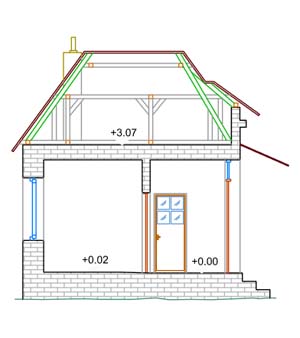
What is a 2D Drawing?
A 2D drawing is a scaled drawing that includes technical information, measurements for walls, surfaces, windows, doors, and other elements. In this plan, you can see the dimensions and width of the walls, the position of doors and windows, and the surfaces of the rooms. To set the size of any shape, specific labels for lengths, areas, and angles will be used. Additionally, decorative elements, lighting fixtures, and any other desired details can be added.
What do you need it?
2D drawings are essential for engineers and architects, providing an accurate representation of the building as constructed. They enhance communication with clients, reducing misunderstandings about element placement and their impact on mobility and open space, ensuring a clear and precise project plan for all stakeholders.
